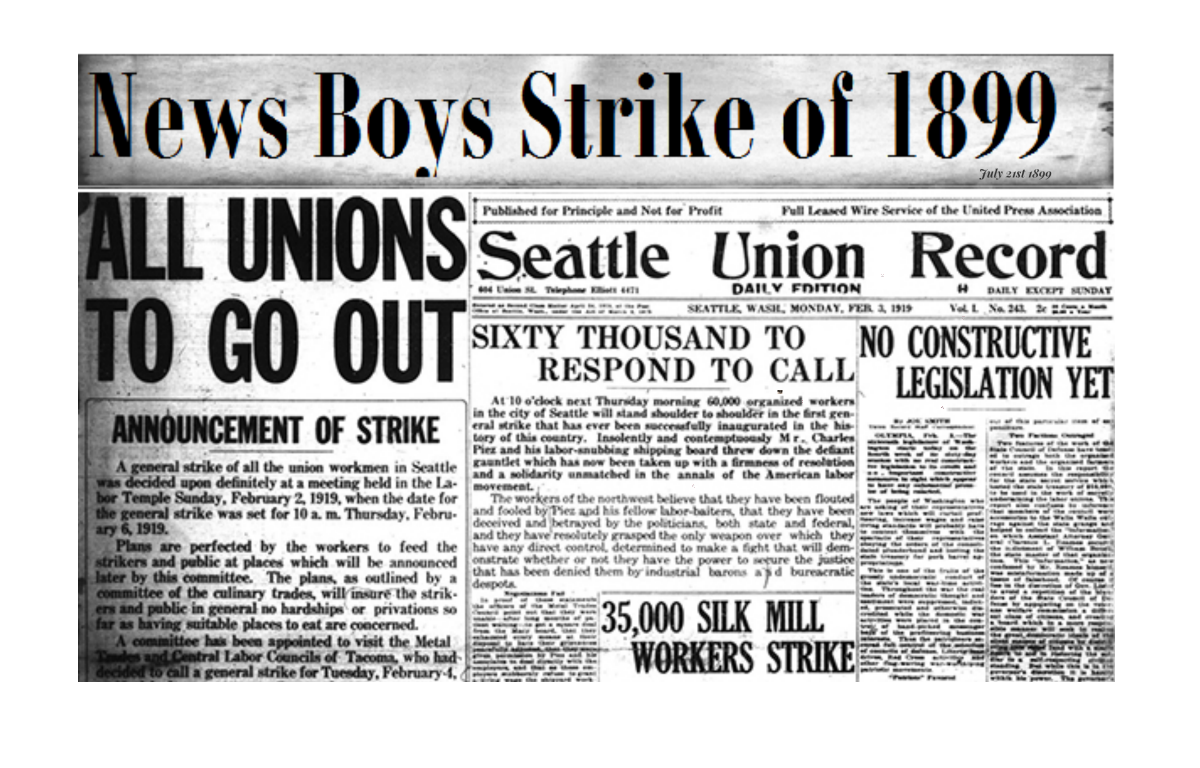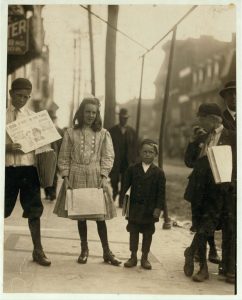They were going to keep the price of 60 cents for the newsies to pay, even though the war had ended. These few steps were what started the Newsies Rebellion, and caused many other strikes to follow. The newsies weren´t going to stop until the prices were lowered. They weren't going to let anyone intervene with the strike.

Newspaper Article , Prezi , 1899.

